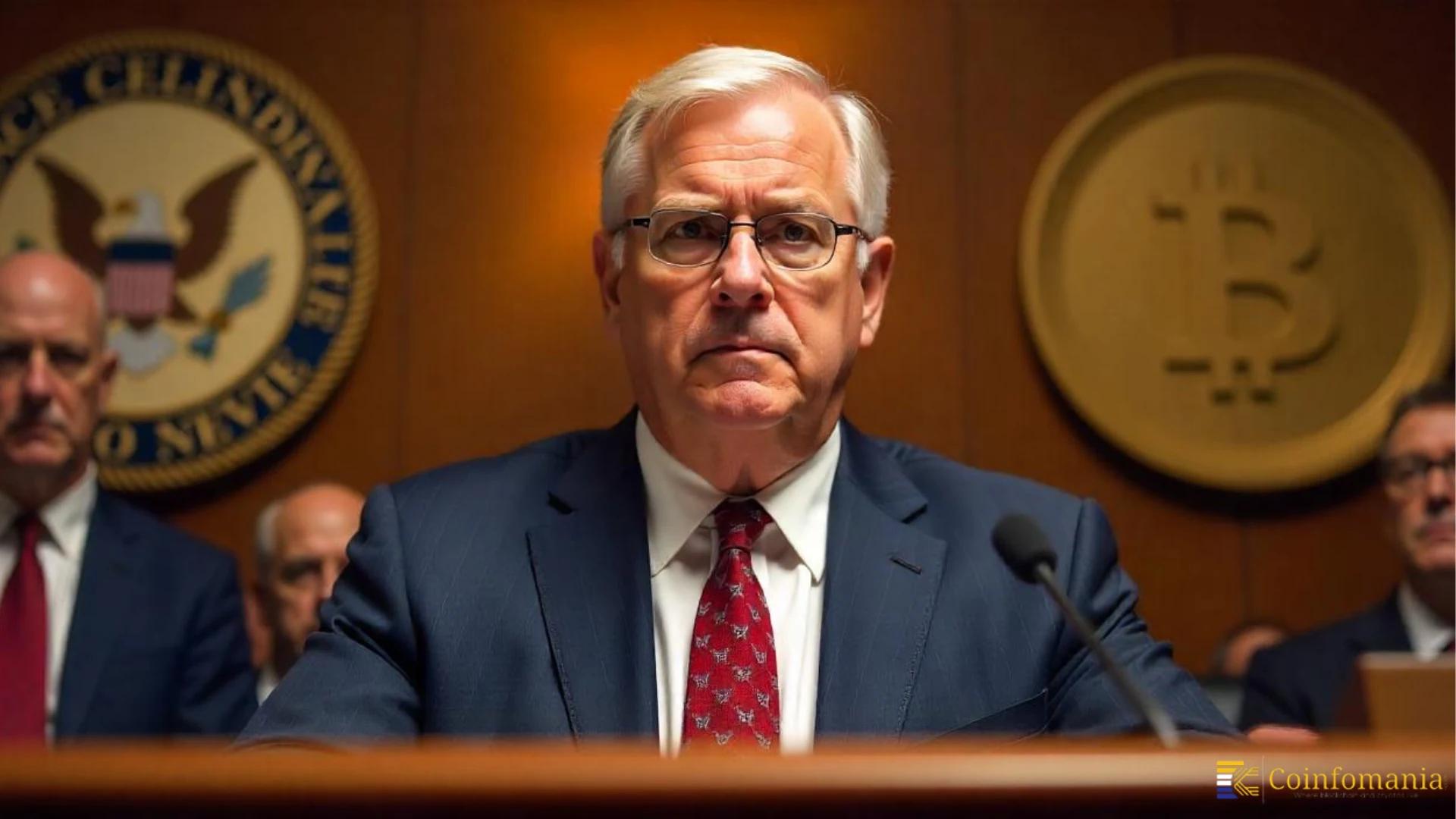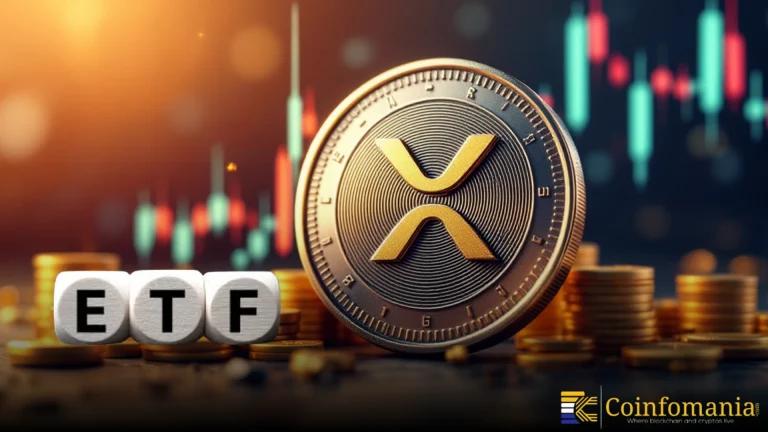SEC Stablecoin Rules Under Fire! Crenshaw Slams “Legally Flawed” Guidelines!
Let's dive into the SEC stablecoin controversy! While the new guidelines bring long-awaited clarity, Commissioner Crenshaw calls them legally flawed and misleading.

The SEC’s latest advice on USD-stablecoins has raised debate within and outside the organization. SEC Commissioner Caroline Crenshaw strongly opposed the action as legally flawed and factually deceptive, although several crypto regulation leaders greeted it as long overdue regulatory clarity. She worries about the distribution of stablecoins and the dangers that authorities could be neglecting. Crenshaw’s objection underlines the deep division inside the SEC stablecoin regarding the regulation of cryptocurrency as industry colleagues toast what they perceive as an advancement.
Crypto Market News
SEC Commissioner Caroline Crenshaw issued a sharply worded statement on April 4, slamming her own agency’s revised direction on USD-pegged stablecoins and claiming that the framework greatly minimizes risk and distorts the current market operation of stablecoins. Under the new rules, certain USD-backed stablecoins are non-securities, thus relieving them from typical transaction reporting obligations. Many in the crypto regulation area viewed the step as a path toward clarity that would enable projects to run legally more confidently.
Still, Crenshaw strongly challenged in this update the legal basis and the practical assumptions the SEC made. Not holding back, Crenshaw is famously always skeptical of digital assets and against spot Bitcoin ETFs. She said, “There are legal and factual errors that paint a distorted picture of the USD-stablecoin market; the guidance drastically understates its risks.” Central to her main objections is the accessibility of stablecoins to retail customers. The SEC’s statement implied that stablecoins are printed via intermediaries, including exchanges.
Crenshaw objected, saying it is the common rule, not the exception, that these coins are available only through middlemen who sell them on the secondary market. She added, “Over 90% of USD-stablecoins in circulation are distributed in this way.” She also doubted the SEC’s unspoken confidence that stablecoin reserves were low-risk. This overlooks the whole financial picture, Crenshaw argues. She added, “Reserves tell us nothing about liabilities or proprietary trading risks.” “The issuer’s overall financial health and solvency cannot be judged by the value of its reserve,” she said.
Crypto Industry Applauds New Guidance
Notwithstanding Crenshaw’s complaints, the cryptocurrency business generally embraced the update. Said Token Metrics founder Ian Balina, the action “feels like an obvious step in paying attention to what actually counts in the crypto space.” Ian Kane of Midnight Network called it “progress for crypto folks trying to play by the rules.” Tan Tran, CEO of Vemanti, said the SEC ought to have made this move three years ago. Their responses mirror a more widely felt opinion in cryptocurrency groups that, evidently, sensible regulation, though far from perfect, is preferable to government noise or harsh enforcement.
Tether Audit and Market Stability
Crenshaw’s comments also arise in times of more scrutiny of big stableion issuers. Reportedly collaborating with a Big Four accounting firm, Tether, which releases the greatest USD-backed stablecoin (USDT), is conducting an audit of its assets to verify a 1:1 backing ratio. Tether CEO Paolo Ardoino recommended in late March that under a more crypto-friendly U.S. administration, the procedure would run more smoothly. Stablecoins always have some danger, especially in market downturns, Crenshaw notes, therefore implying that risks are built into the model even with transparency.
A Divided Commission Over SEC Stablecoin
The gulf between Crenshaw and other SEC stablecoin members highlights internal friction within the bureau. Although Chairman Gary Gensler has advocated for more stringent oversight and control of the cryptocurrency sector, recent initiatives—including the acceptance of Bitcoin ETFs and this stablecoin advice- seem to show some loosening under public and political pressure. Crenshaw’s opposition reminds us that not all SEC members view cryptocurrency as a sector worth supporting. For stablecoin issuers and crypto investors, that internal division means the path forward remains far from settled, even when regulatory progress appears to be made.
Follow us on Google News
Get the latest crypto insights and updates.


